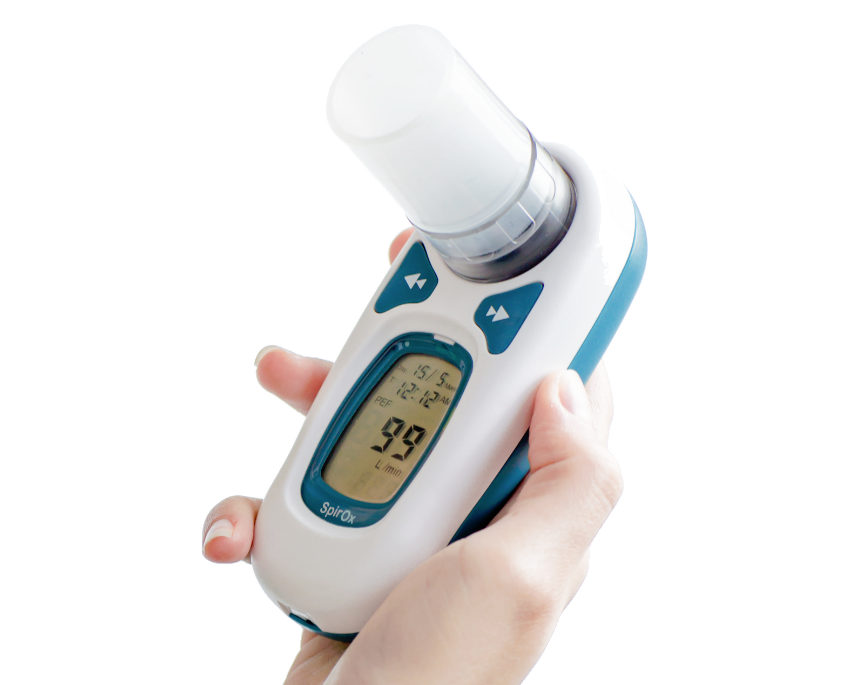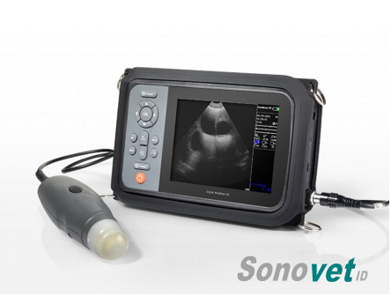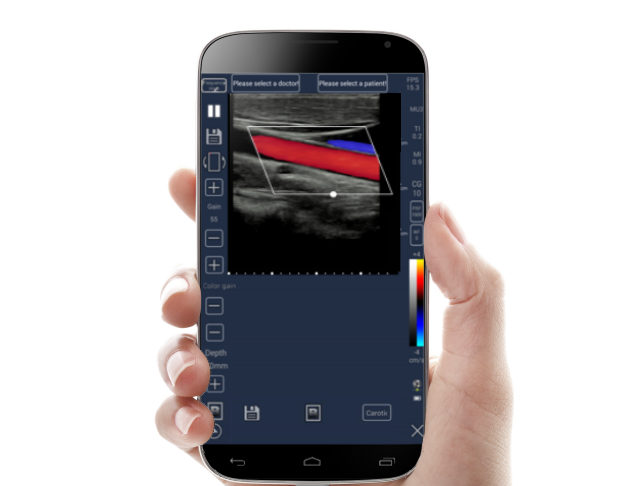What are QT Abnormalities?
The QT interval, which is easily obtained from a standard resting ECG, reflects the total duration of ventricular myocardial depolarisation and repolarisation. It can be corrected for heart rate by using a variety of formulae. The QTc effectively is the QT interval estimated at a rate of 60/minute. A commonly used correction formula is that of Bazett where QTc = QT √RR interval. The Bazett formula, which has been heavily criticised, in fact gives a slight over correction of QT interval at higher heart rates while the formula of Hodges et al. (QTc = QT + 1.75 [rate - 60]) has been shown to perform much better and is gradually gaining more widespread acceptance. There are, however, very many QT correction formulae, a detailed discussion of which is beyond the scope of this article. QTc prolongation is a risk factor for sudden death independent of age. The relationship between prolonged QT interval and an increased risk of sudden death has been extensively studied in ischaemic heart disease and a relative risk of 2-5 has been reported. The long QT syndrome is associated with a very high risk of ventricular fibrillation and drugs such as quinidine that prolong the QT interval may also cause sudden arrhythmic death.
QTd is defined as the difference between the maximum and minimum QT interval on the 12 lead ECG (QTd = QT max - QT min). A single QT interval on the surface ECG does not give any information on dispersion of recovery time (i.e. repolarisation) but QTd is said to reflect spatial differences in myocardial recovery time. Healthy subjects exhibit a small degree of QTd. Increased QTd has been observed in chronic heart failure, peripheral vascular disease, hypertension, hypertrophic cardiomyopathy and in CHD, and has been correlated with increased risk of cardiovascular death in these conditions and in healthy subjects. Increased QTd after acute MI is a risk factor for sudden death and QTd has been shown to decrease after successful thrombolytic therapy. It is, therefore, believed that QTd following an acute MI depends not only on infarct site and size but also on reperfusion status.
Increased QTd may indicate non-uniform ventricular repolarisation, thus possibly providing a substrate for the development of malignant ventricular arrhythmias. Endocardial monophasic action potential studies have demonstrated that there are regional differences in the duration of myocardial repolarisation that may be reflected in the surface ECG. Homogeneity of ventricular recovery time is believed to protect against arrhythmias.
QTd can be corrected for heart rate but it has been argued that this should not be done. In any event, with a linear correction formula, e.g. the Hodges et al., 1983 formula, there is no need for QTd rate correction, i.e. QTd is the same before and after correcting for rate with this formula.
QTc > 440 ms (0.44s) is universally considered as prolonged, although there are small gender based differences. There is still some confusion about the upper limit of normal QTd. QTd > 80 ms (0.08s) is usually considered as abnormally prolonged. However, on the basis of a study of over 3,000 neonates, children and adults, an upper limit for normal QTd of 50 ms was suggested by Macfarlane et al.
The main problem with QT interval assessment is that there is no universally recognised standard method of analysis or of lead selection. It may not be possible to measure QT interval in every lead, and measurement may be less than precise. QT interval can be measured erroneously by misinterpreting either the beginning of the QRS complex or the end of the T wave. Methodology for determining QTd varies between studies. It can be measured manually, by digitisers, photocopy enlargement of an ECG, and by special computer software. There is an urgent need for standardisation of lead selection and method of measurement. The intra- and inter-observer reproducibility of QTd is low (and significantly lower than that of QT interval) and has been shown to vary and the results, therefore, may not be fully comparable between studies. Some authors have raised doubts about the meaning of QTd. It has been suggested that QTd is unlikely to reflect any aspect of myocardial repolarisation and that it results mainly from the variations in T loop morphology and QT measurement error.
From: MedScape
















